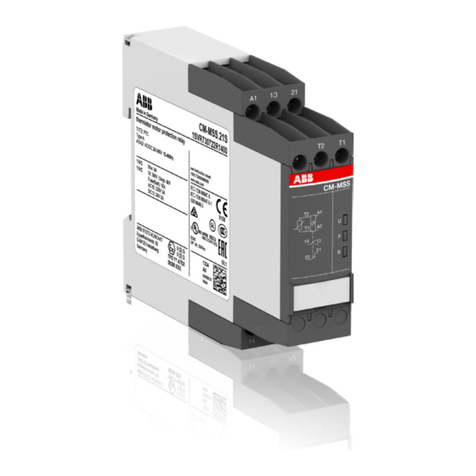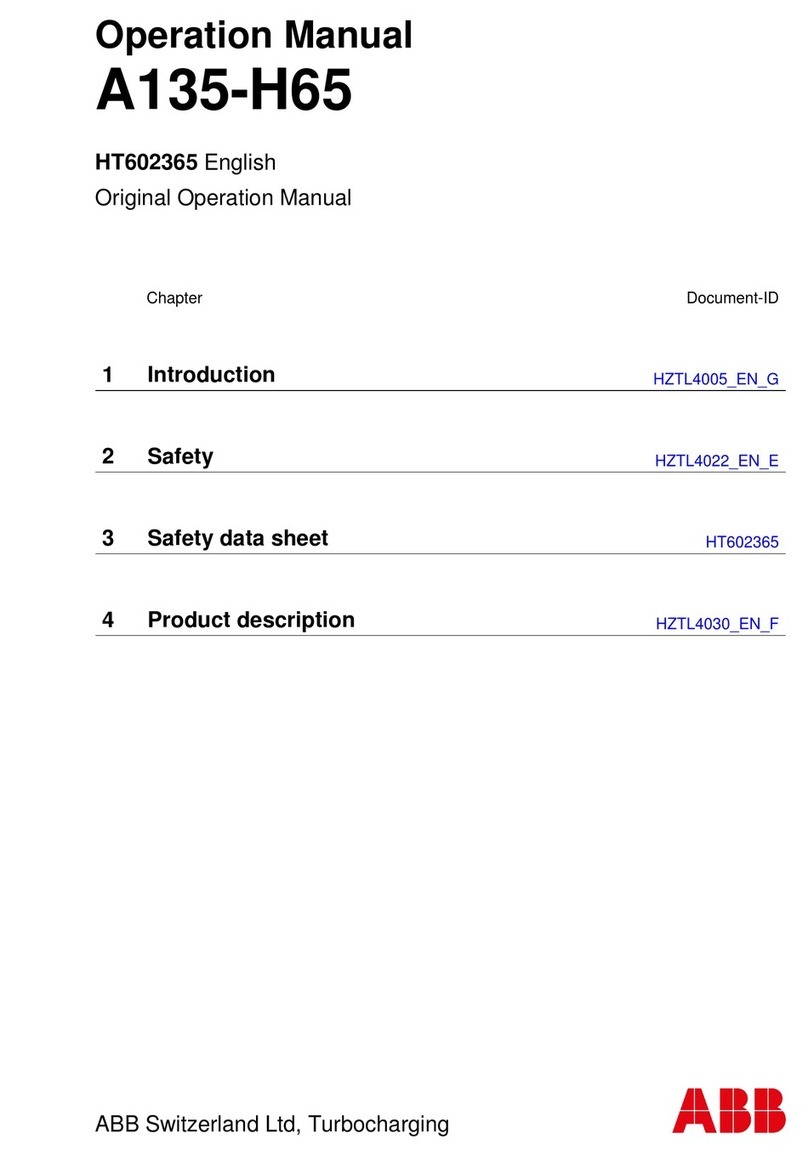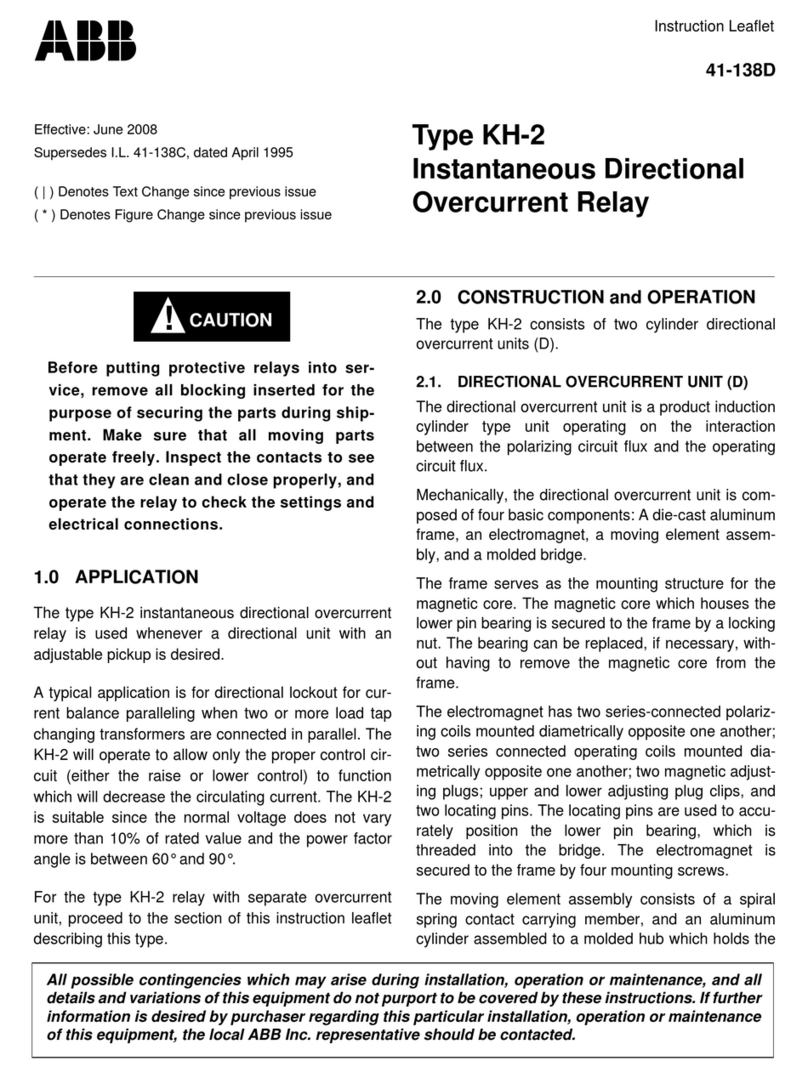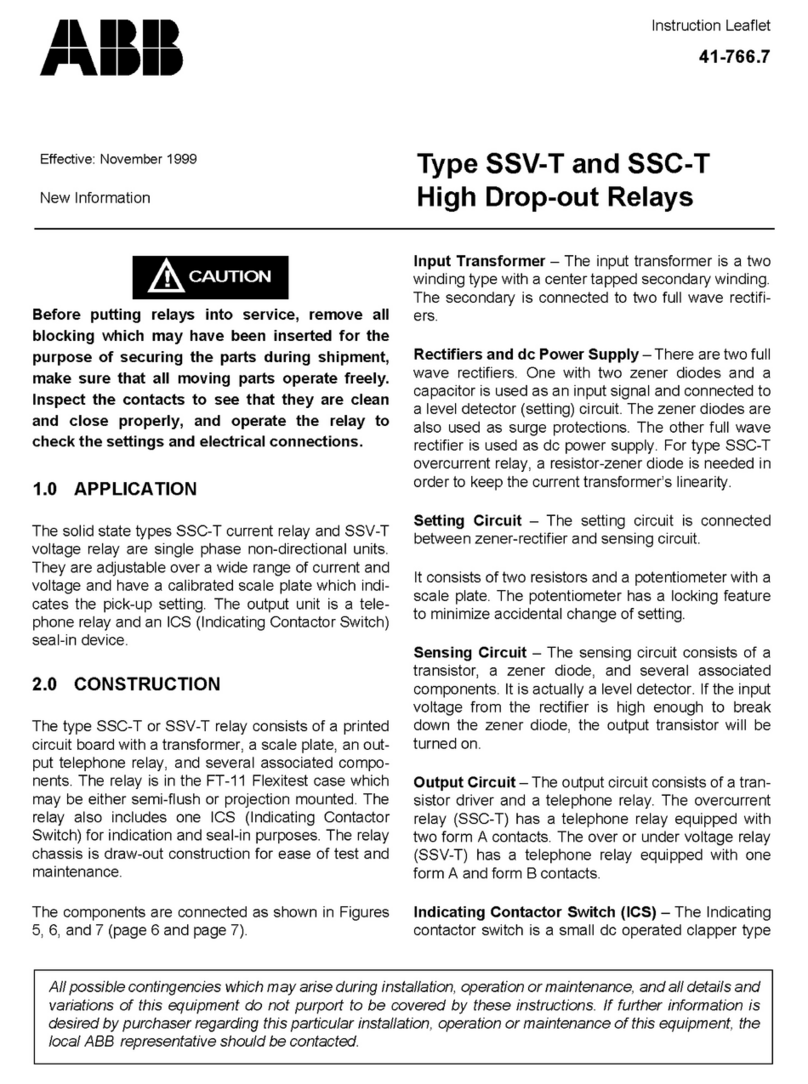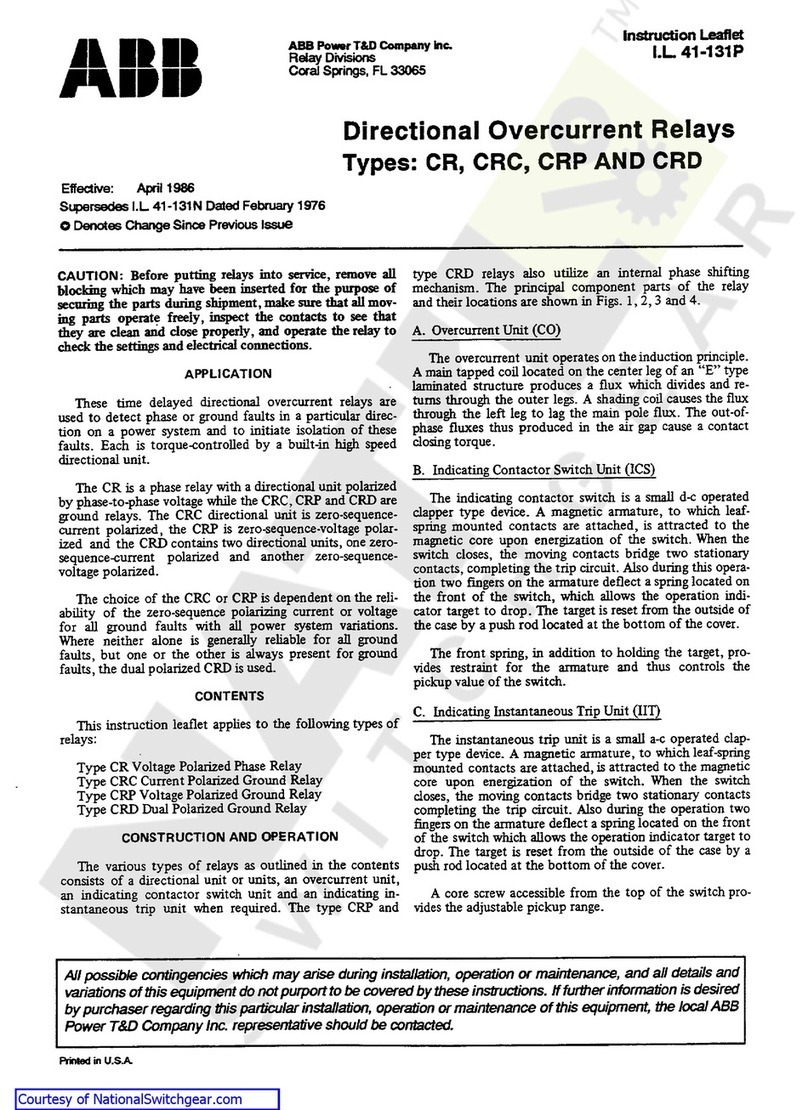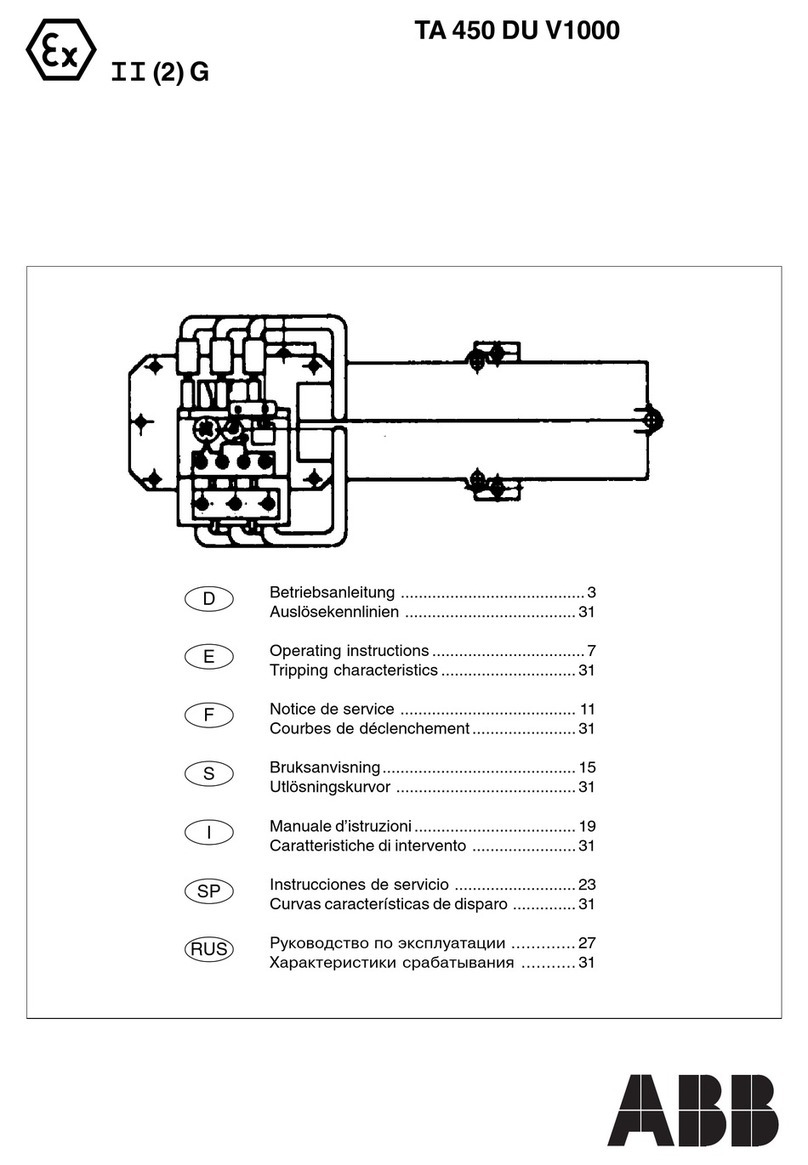ABB HCB Manual
Other ABB Relay manuals

ABB
ABB REB650 User manual

ABB
ABB CT-AHS Firmware update

ABB
ABB E45 DU User manual

ABB
ABB TA 80 DU V1000 User manual
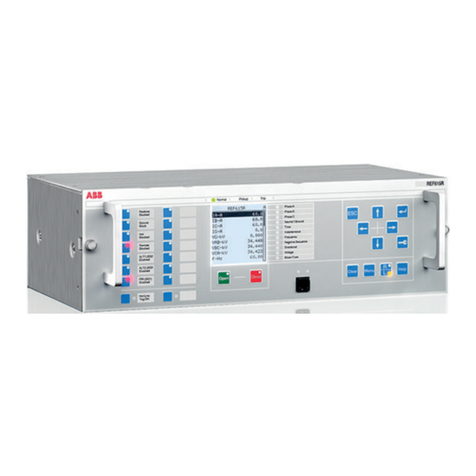
ABB
ABB RELION REF615R Installation and operation manual

ABB
ABB SPAJ 160 C Parts list manual
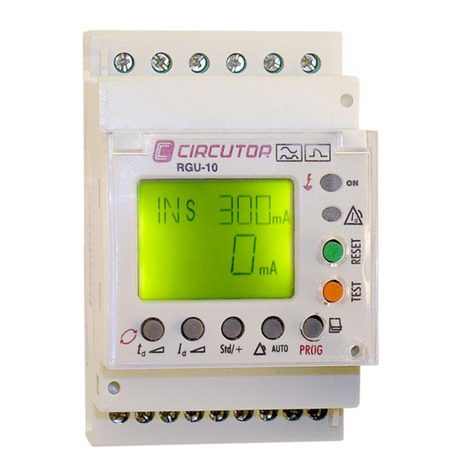
ABB
ABB RGU-10 User manual

ABB
ABB REL 301 User manual
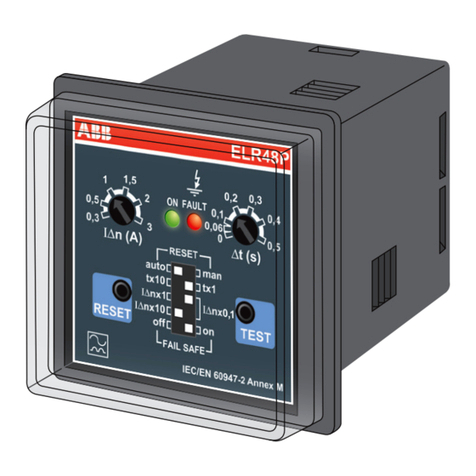
ABB
ABB ELR48P User manual

ABB
ABB REF 610 Product manual
